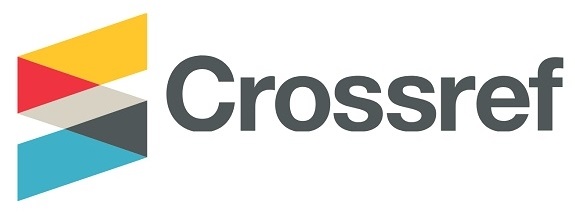HAZARDOUS AND TOXIC WASTE STORAGE CASE STUDY AT PT. SERASI MITRA MOBIL IN BALIKPAPAN
DOI:
https://doi.org/10.36277/identifikasi.v7i2.102Keywords:
Storage, Waste, Hazardous and Toxic MaterialsAbstract
Hazardous and toxic materials and waste have a negative impact on human safety, human health, environmental protection. More than 26 million types of chemical compounds circulating in the world will cause dangerous substances and toxic substances, while in Indonesia there are almost 5.000 species. According to the Central Statistics Agency of the KALTIM Province, the number of cars is 184.566 units, and a large number of vehicles will certainly also increase the use of oil and oil changes, where used oil is included in the dangerous substances and toxic substances category. For motor vehicle repair shops serving oil changes, it is called a producer of dangerous substances and toxic substances and is required to store dangerous substances and toxic substances. According to data from PT. Serasi Mitra Mobil (June 2019), can produce B3 liquid waste of used oil by 30 liters per month. The research objective is to determine the storage of hazardous and toxic waste case studies at PT. Serasi Mitra Mobil in Balikpapan. This research was conducted by direct observation and in depth interviews related to the storage of hazardous and toxic waste. Based on direct observation and in depth interviews, PT. Serasi Mitra Mobil as a produces of dangerous substances and toxic substances is left to other parties. Dangerous substances and toxic substancesis included in the appropriate pachaging but not labeled and symbol, also not placed in a separate building. The necessary repairs consist of having dangerous substances and toxic substances facilities in the form of buildings, tanks or containers, slime, waste piles, waste impoundment, hazardous and rain protected buildings and rain and sun, having lighting, ventilation, drainage, drainage basins, waste buildings dangerous substances and toxic substances must be adhered to by dangerous substances and toxic substances, having emergency equipment.
Keywords: Storage, Waste, Hazardous and Toxic Materials.
References
Peraturan Pemerintah Republik Indonesia Nomor 101 Tahun 2014, 2014, Pengelolaan Limbah Bahan Berbahaya dan Beracum, Presiden Republik Indonesia, Jakarta.
Sugiono, 2013, Metode Penelitian Kombinasi, Alfabeta, Bandung.
Suharto Ign, 2011, Limbah Kimia dalam Pencemaran Udara dan Air, Penerbit Andi, Yogyakarta.
Direktorat Penilaian Kinerja Pengelolaan Limbah B3 dan Non B3, 2018, Peta Jalan Pengelolaan Limbah B3 dari Fasilitas Pelayanan Kesehatan, Kementerian Lingkungan Hidup dan Kehutanan, Jakarta.
Downloads
Published
How to Cite
Issue
Section
License
Copyright (c) 2021 IDENTIFIKASI

This work is licensed under a Creative Commons Attribution-ShareAlike 4.0 International License.









